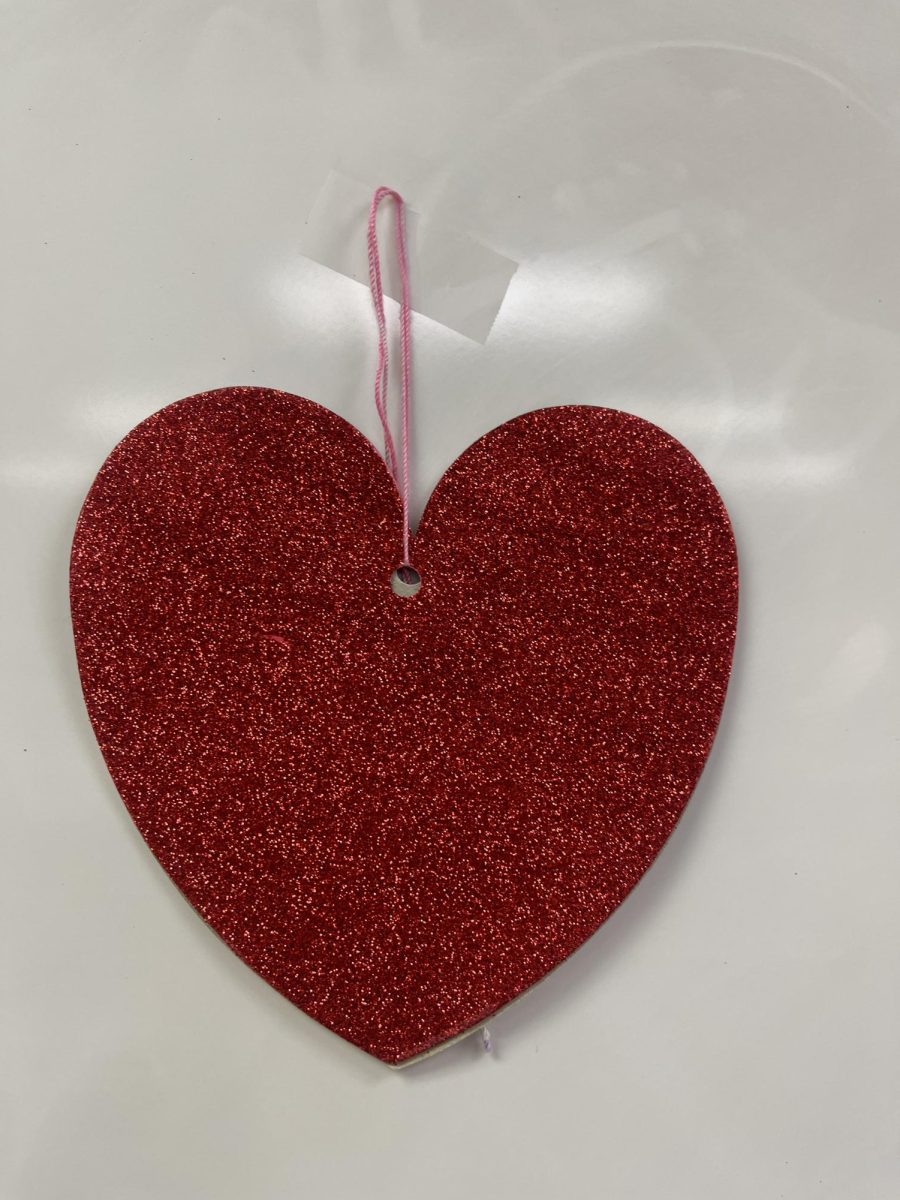It is said that Valentine’s day originated from the ancient Roman festival called Lupercalia. Lupercalia was a celebration of fertility and involved sacrifices and matchmaking.
Some people question how the holiday has been associated with love but it is said, in the 5th century, Pope Gelasius I wanted to Christianize Lupercalia and replace it with a more wholesome holiday. So, he declared February 14th as St. Valentine’s Day, in honor of several Christian martyrs named Valentine. These martyrs were known for their acts of love and kindness.
Valentine’s Day became associated with romantic love. In the Middle Ages, it was believed that birds began to mate on February 14, adding to the day’s romantic symbolism. The tradition of exchanging love notes and tokens also started during this time. One popular legend is about St. Valentine himself. It is said that he secretly performed marriages for soldiers who were forbidden to marry. He believed in the power of love and wanted to help couples unite. This act of defiance against the Roman Emperor’s orders led to his martyrdom.
Throughout the centuries, Valentine’s Day continued to evolve. In the 19th century, the exchange of Valentine’s Day cards became popular, and in the 20th century, it became a commercialized holiday with the rise of mass-produced cards, chocolates, and flowers.
Today, Valentine’s Day is celebrated around the world as a day to express love and affection to romantic partners, friends, and family members. It’s a day to show appreciation and make special gestures to the people we care about.
Whether you’re celebrating with a romantic partner or spreading love to everyone in your life, Valentine’s Day is a beautiful reminder to cherish and celebrate the power of love. Valentine’s Day was created to honor acts of love and has evolved into a day to express affection to loved ones.







